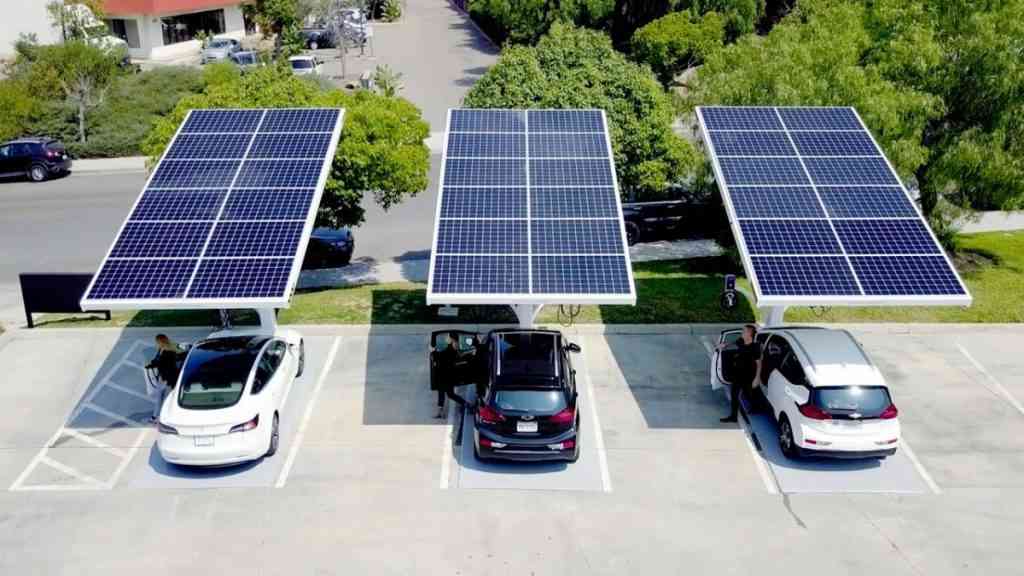
Energy was identified as being a key factor to Zimbabwe’s economic turnaround in the Medium Term Plan (MTP), which is perceived as the country’s development blueprint.
Environment with Chipo Masara
Unfortunately, the country’s energy sector has been on a decline for quite a long time now.
Amid the scramble for energy resources in the world today, there is a growing realisation of the major need for renewable energy.
This need has also, in a major way, been amplified by the negative impact of fossil fuels that pump emissions into the atmosphere every day, in the process that is worsening the looming climate change and global warming threat.
With the growing energy concerns, it is no wonder renewable energy is now on the agenda for most governments. The European Union (EU) set a target of 20% of all energy in Europe coming from renewable sources by 2020. As is to be expected, it is developed nations that have made more headway in harnessing renewable energy. Wind farms currently produce enough electricity to meet the needs of more than 600 000 families in the US, with one wind turbine producing enough electricity to provide power for up to 300 homes. It is not entirely only big countries like the US however that have made strides in investing in renewable energy. Almost 100% of Iceland’s energy is supplied by geothermal and hydropower sources while the Itaipa Dam in Paraguay provides 90% of that country’s electricity. According to the World Wildlife Fund (WWF), the whole world could get all the power that it needs from renewable energy by 2050, a feat the organisation however believes would only be achieved if the right political, societal and financial decisions are made, and quickly. Zimbabwe is one country that definitely needs sustainable sources of alternative energy, and quickly. In spite of energy having been established as a prerequisite for development, a large number of people in the country still do not have access to the most basic form of energy: electricity; especially those that live in rural areas. Consequently, firewood has become a major source of energy for many, a situation that has inevitably led to the clearing away of much of the country’s forest cover. Today, a country that used to be characterised by vast forests now faces deforestation. The majority of those that dwell in urban areas still depend on the local utility, the Zimbabwe Electricity Supply Authority (Zesa), for their electricity energy supply. This is in spite of the fact that the authority’s power supply is highly erratic, with chronic power outages being a daily occurrence in most areas, a situation that impacts negatively mostly on industrial productivity. But although the country has lagged behind in embracing the vast opportunities available for it to secure its energy needs, it does not look like all hope is lost for Zimbabwe, whose climate makes it very possible for different types of renewable energy projects to be taken up.
Zimbabwe’s renewable energy potential remains unexplored
Zimbabwe has renewable energy technologies that include solar photovoltaic and water heating, biomass technologies, briquetting and gasification, mini-hydro and wind power, among others.
- Chamisa under fire over US$120K donation
- Mavhunga puts DeMbare into Chibuku quarterfinals
- Pension funds bet on Cabora Bassa oilfields
- Councils defy govt fire tender directive
Keep Reading
Unfortunately, these are mostly small projects that have not been exploited at a national scale. A lot more potential remains unexplored.
In a promising move, the government of Zimbabwe, with technical support from the United Nations Development Programme (UNDP), last year unveiled the National Energy Policy (NEP), meant to promote the use of renewable resources in the country.
As the programme continues, it is hoped it will culminate in more investment in renewable energy instead of investing all the money in coal-powered stations, as has been happening in the past.
Renewable energy is a clean source of energy which, unlike the conventional energy technologies, has a very low environmental impact. And best of all, it will never run out.
In order that Zimbabwe may achieve Millennium Development Goal 7, which calls for environmental sustainability, the country needs to scale up on renewable energy technologies.
For feedback, email: [email protected]











